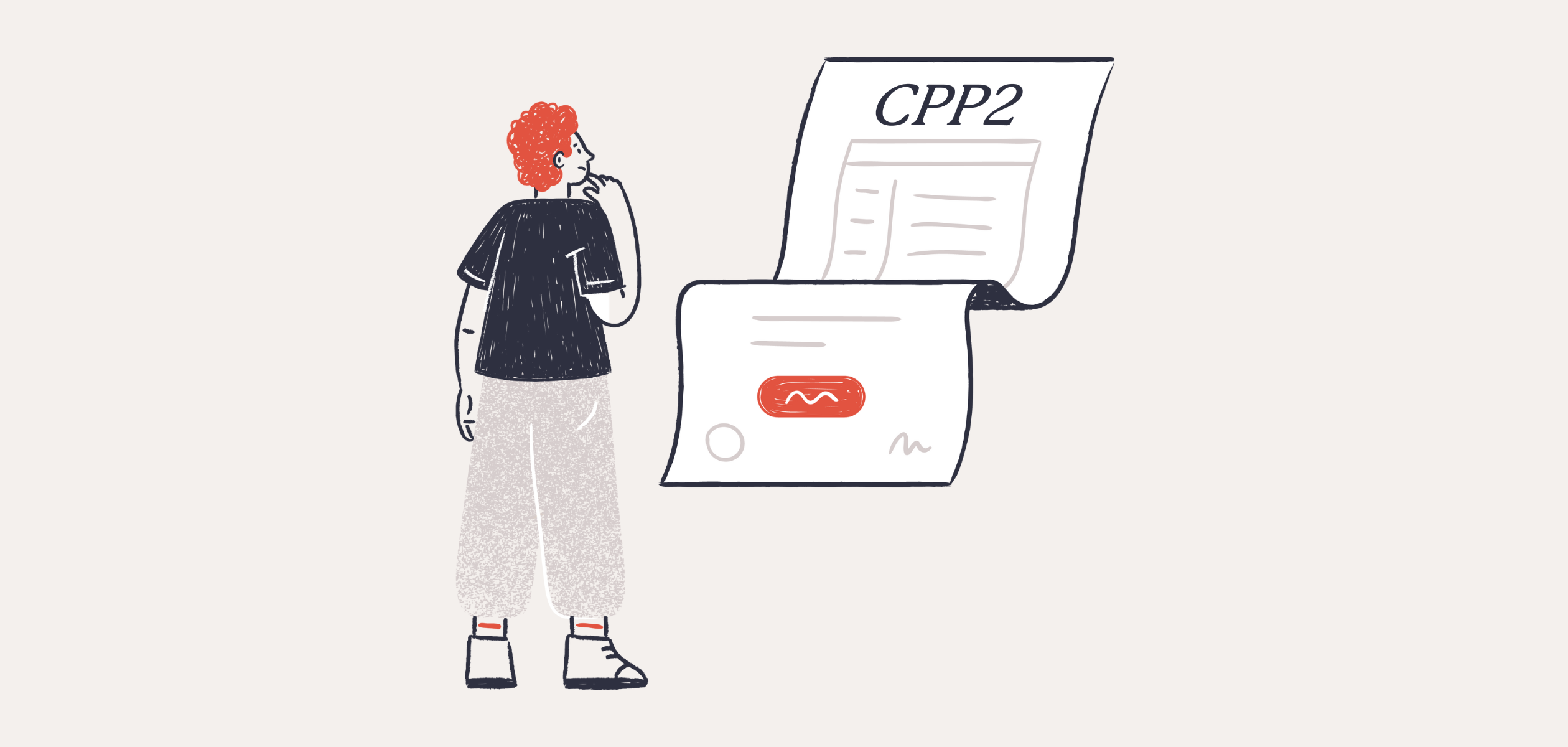Become an insider!
Get our latest payroll and small business articles sent straight to your inbox.
Pay equity, or the concept of equal pay for equal work, has been a hotly debated topic for decades. Yet, here we are in 2023 and the same problem is still around. Why do women typically earn less than men? And why do some people work in the same roles but earn different amounts?
Canada’s pay equity laws aim to address these questions and ensure that all employees receive equal pay for work of the same or similar value, regardless of their age, gender, race and numerous other factors. But are these regulations going far enough (or fast enough) to tackle workplace inequality?
Despite the progress made by federal and provincial legislation and the rise in advocates and organizations for pay equity, there are still many wage biases to address. It’s essential that more business owners take action to promote fairness in the workplace.
In this article, we’ll cover the ins and outs of pay equity, the progress Canadian legislation has made to close pay gaps and the barriers to success that still need to be overcome.
What is pay equity?
Pay equity refers to the concept of ensuring that employees are paid equally for the same, or similar, job functions — irrespective of their gender, ethnicity, age or any characteristics that aren’t related to their job performance.
In companies with no pay equity policies in place, many employees face pay inequity which is a form of social discrimination. In other words, employees get paid different amounts for doing the same (or similar) work. With a lack of pay transparency across industries and workplaces, it’s difficult for workers to know if they’re being mistreated or underpaid.
For example: A 60 year old employee might find out they are earning less than a 25-year-old employee who’s doing the same job at their company. This type of inequity can cause stress for the underpaid employee and decrease overall morale within a workplace.
It’s important for small business owners to understand both the federal and provincial laws around pay equity in the workplace. This will ensure that employees are being compensated fairly, and it reduces the risk of any potential legal action arising from wage biases.
Why is pay equity important?
All employees have the right to be treated fairly, no matter who they are, where they’re from or how old they are. Pay equity is all about addressing the problem of pay discrimination and making sure everyone has access to the same opportunities.
The concept of pay equity is important to create a fairer society as a whole. And from a workplace perspective, it has several key benefits.
Social benefits: More even distribution of wealth
If employees aren’t paid fairly or equally for the jobs they do, they can struggle to meet their basic needs, such as paying for rent, providing for their families or saving for retirement.
Without the ability to earn on an equal footing as those doing the same job, this problem becomes an ongoing cycle of poverty that affects each new generation, putting many families further and further behind as time goes on.
Professional benefits: Advantages for businesses
Companies that build a reputation for promoting gender equality, social justice and workplace diversity tend to have employees that are happier, more productive and more motivated to perform at their best.
Pay equity can also increase staff loyalty, which reduces turnover and recruiting costs. This leads to a more positive workplace environment and increased job satisfaction for employees.
Many countries now have regulations in place to ensure employers address the issue of pay equity in their workplace — and globally there are many organizations working to promote the importance of equal pay for equal work.
Canada has introduced key pieces of legislation like the Pay Equity Act and Employee Equity Act that aim to address workers’ rights and move towards closing the gender pay gap.
The current state of the gender pay gap in Canada.
Pay inequality has implications for the labour force and greater society on a global scale. It’s one of the main causes of gender-based poverty and debt for women.
While there is growing publicity around this issue, it’s estimated that the worldwide gender pay gap will take 132 years to close if present trends continue.
According to a 2022 Statistics Canada study, the gender pay gap for full-time employees is $0.89. This means that women only make $0.89 for every $1 that men make. That gap gets even bigger when race, ethnicity and transgender differences enter the mix.
Many racialized populations in Canada, including Chinese, Koreans, Arabs and Filipinos have education levels well above the national average, but they may earn up to 16% less than their non-racialized colleagues.
The study also found that more men worked full-time (87%) compared to women (75.6%) and that 64% of management roles were held by men, compared to women at 35.6%.
So why is the gender pay gap still so glaringly obvious in 2023?
The main reasons include:
- Occupational segregation — where one demographic group is either underrepresented or overrepresented in a job category
- Women needing to balance work and childcare
- Less women working in leadership roles and high-paid industries
- Discrimination around hiring, promotions and salaries
- Studies have shown women are less likely to negotiate for higher pay
Canada’s gender pay gap is higher than the median for Organization for Economic Co-operation and Development (OECD) countries, but the Pay Equity Act is a step in the right direction of taking this on.
Canada’s Pay Equity Act.
The Pay Equity Act was passed in 2018 to establish a regime of “equal pay for work of equal value.” This legislation applies to federally regulated workplaces with 10 or more employees (e.g. banks, transportation companies and media broadcasting companies). These regulations came into effect in 2021.
Under this legislation Pay Equity employers are required to:
- Establish and uphold pay equity practices in their workplace.
- Establish a plan that determines the value of work performed by employees. The value of a role is decided based on skill, responsibility, effort and working conditions.
- Regularly update and evaluate their pay and job evaluation plans.
- Ensure female-dominated jobs are paid the same as male-dominated jobs of equal value.
This Act also established the role of a Pay Equity Commissioner, who is in charge of monitoring employers, resolving disputes and ensuring compliance. Employers who breach the conditions of the Act can face fines up to $50,000.
Provincial pay equity legislation
The concept of “equal pay for work of equal value” is approached differently in many Canadian provinces, so if you’re a small business owner, you’ll want to do some digging to see what it means for your area and employees.
For example:
- Alberta is the only province in Canada that has no pay equity legislation. Each employer is responsible for ensuring non-discriminatory payment practices between genders under the Alberta Human Rights Act.
- Under Ontario’s Pay Equity laws, the concept of pay equity is different from equal pay for equal work. In this province, “pay equity” compares the value and pay of jobs usually done by women with different jobs that are usually done by men (e.g. a plumber vs. a nurse). Employers are required to pay female workers at least the same as male workers if the jobs they do are of comparable value.
“Equal pay for equal work,” on the other hand, addresses the need for equal compensation when men and women do the same job.
What are some barriers to pay equity in Canada?
While Canada has laws, advocates and organizations to address fairness of pay in the workplace, there are still a few barriers to achieving nationwide pay equity.
Occupational segregation
Different industries still attract workers that have long-standing gender biases based around what men or women are considered “best” at. The old-fashioned ideas cause over- and under-representation of genders in certain fields.
Many still think of plumbers and electricians as typically male roles, while teachers, receptionists and nurses tend to be viewed more as feminine roles. Case in point, 91% of nurses in Canada are female.
Working towards gender parity will help create greater diversity in the workplace and reduce these outdated views around occupational segregation.
Wage discrimination
Wage discrimination comes in many forms, resulting in people being paid less than their counterparts based on gender, religion, ethnicity and age.
This form of discrimination can happen in any workplace but is especially prevalent in industries like tech, finance and transportation.
It’s important that employers are objective about hiring and wages and make sure that any personal biases they hold aren’t contributing to wage discrimination.
Non-transparent pay structures
According to a 2022 study by Salary.com, only one in four workers say their employers are transparent about salaries, and half of these workers feel they aren’t being paid fairly compared to people doing the same job for other companies.
To improve pay transparency, employers can:
- Undertake a pay equity audit in their business.
- Disclose salaries on job postings.
- Promote diversity, inclusion and equity when making decisions around hiring and promotions.
Discussing salaries has always been a taboo subject, but lifting the curtain around how much workers are paid will help Canada achieve social wage equity.
Summarizing pay equity.
Pay equity aims to have all employees receive equal pay for work of equal value, regardless of their gender, age, religion or ethnicity. While Canada has taken steps to close these pay gaps, there are still ongoing barriers to overcome, such as occupational and wage segregation.
Wagepoint is an equal opportunity employer, and we encourage our readers to take action in their workplaces and communities to help close pay gaps and create a more equitable, thriving society.











